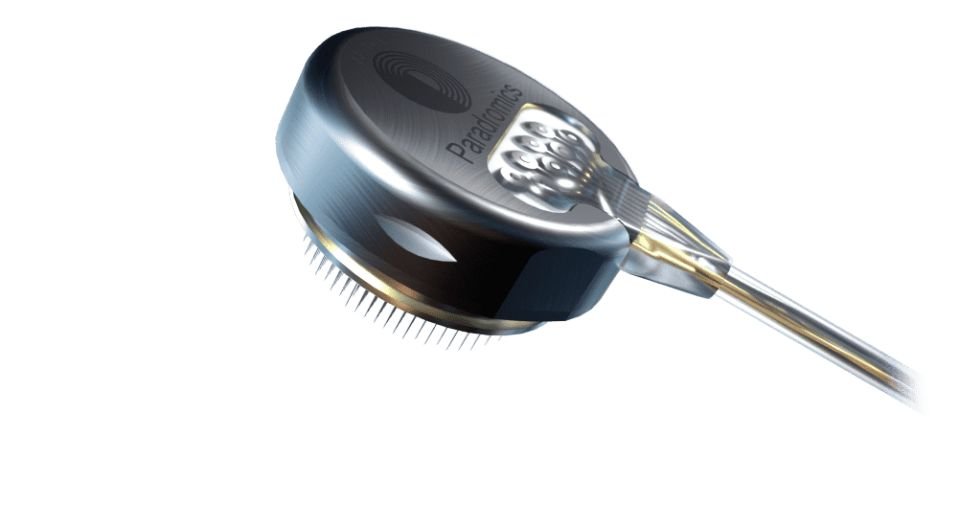HQ Team
June 5, 2025: Paradromics Inc., a US-based neurotechnology company, has completed its first-in-human surgical placement of its brain-computer interface.
The safe implantation of the Connexus brain-computer interface recorded electrical brain signals, followed by a fully intact removal in less than 20 minutes, according to a statement from Paradromics.
The first-in-human procedure marks the company’s entry into the clinical stage. It comes as Paradromics readies for the launch of a clinical trial set to start later this year.
Investigators implanted Connexus during an epilepsy resection surgery to better understand how epilepsy influences brain signalling. Paradromics stated the procedure confirms the ability to use Connexus in humans, following nearly three years of preclinical studies.
‘Clinical-stage company’
University of Michigan neurosurgeon and biomedical engineer Dr Matthew Willsey, with senior epilepsy surgeon Dr. Oren Sagher and with a multidisciplinary team of clinicians and engineers, led the first surgical placement of the device.
“This milestone further advances research into the potential of intracortical brain-computer interfaces in brain therapeutics,” according to the statement.
Matt Angle, CEO and founder of Paradromics, said the surgery was a key inflection point.
“We are now a clinical-stage company. We’ve known for some time, based on our preclinical studies, that we have developed a world-class brain-computer interface platform. Now with the jump to human surgeries and recordings, we are closer to translating this neurotechnology to patients,” he said.
Ability to communicate
This procedure is the first of many surgeries planned over the next several months.
Paradromics designed Connexus to potentially help patients communicate after losing the ability to speak and control computer devices.
The Austin, Texas-based company’s technology translates recorded brain signals into actionable health data. Its initial focus centers around restoring independent communication through digital devices for individuals living with spinal cord injuries, stroke, or amyotrophic lateral sclerosis (ALS), a motor neuron disease.
ALS, also known as Lou Gehrig’s disease, is a progressive neurodegenerative disease that affects motor neurons, the nerve cells in the brain and spinal cord that control voluntary muscle movement. As these motor neurons degenerate and die, they will not be able to send signals to the muscles, leading to weakness, twitching, and paralysis.
High-resolution data
Paradromic’s fully implantable brain-computer interface platform can record from single neurons, using durable materials and packaging. Advantages could include the ability to obtain high-resolution data over long periods. This data can enable complex applications like decoding intended speech.
Biocompatible materials and a fully implantable format enable Connexus to last a user’s lifetime. The device’s electrodes are miniaturized to smaller than 40 microns, each thinner than a hair.
Paradromics was accepted into the FDA Total Product Life Cycle Advisory (TAP) program in July 2024. In preparation for a clinical trial in 2025, the company also started a patient registry so that patients could submit their interest.
The brain-computer interface market continues to expand as companies such as Neuralink, Synchron, and Blackrock Neurotech have long been seen as the leaders, but some companies aim to be the first to bring an interface to market.
